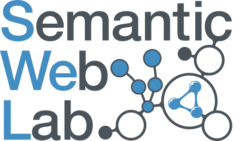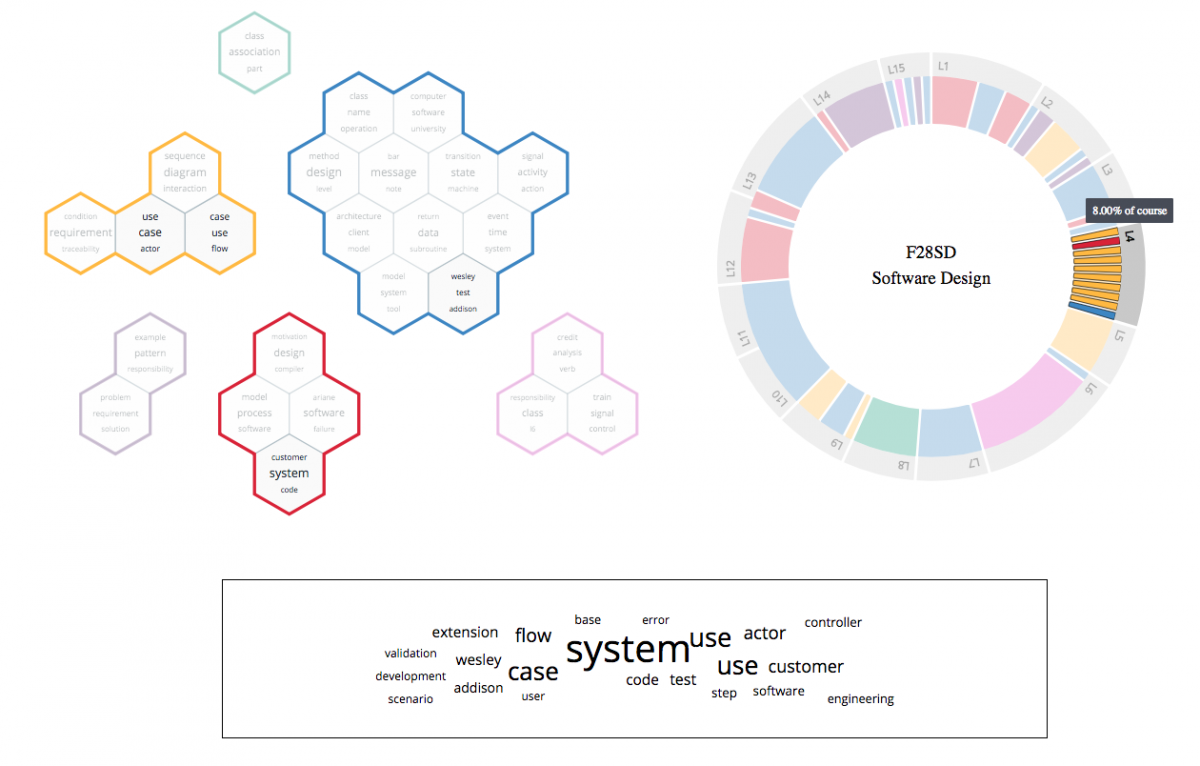I have had two papers accepted within the events that make up ISWC2017. My PhD student Qianru Zhou has been working on using RDF stream processing to detect anomalous events through telecommunication network messages. The particular scenario in our paper that will be presented at the Web Stream Processing workshop focuses on detecting a disaster such as […]
I have had two papers accepted within the events that make up ISWC2017.
My PhD student Qianru Zhou has been working on using RDF stream processing to detect anomalous events through telecommunication network messages. The particular scenario in our paper that will be presented at the Web Stream Processing workshop focuses on detecting a disaster such as the capsizing of the Eastern Star on the Yangtze River [1].
The second paper is a poster in the main conference that provides an overview of the Bioschemas project where we are identifying the Schema.org markup that is of primary importance for life science resources. Hopefully the paper title will pull the punters in for the session [2].
[1] Qianru Zhou, Stephen McLaughlin, Alasdair J. G. Gray, Shangbin Wu, and Chengxiang Wang. Lost Silence: An emergency response early detection service through continuous processing of telecommunication data streams. In
Web Stream Processing 2017, 2017.
[Bibtex]
@InProceedings{ZhouEtal2017:LostSilence:WSP2017,
abstract = {Early detection of significant traumatic events, e.g. terrorist events, ship capsizes, is important to ensure that a prompt emergency response can occur. In the modern world telecommunication systems can and do play a key role in ensuring a successful emergency response by detecting such incidents through significant changes in calls and access to the networks. In this paper a methodology is illustrated to detect such incidents immediately (with the delay in the order of milliseconds), by processing semantically annotated streams of data in cellular telecommunication systems. In our methodology, live information of phones' positions and status are encoded as RDF streams. We propose an algorithm that processes streams of RDF annotated telecommunication data to detect abnormality. Our approach is exemplified in the context of capsize of a passenger cruise ship but is readily translatable to other incidents. Our evaluation results show that with properly chosen window size, such incidents can be detected effectively.},
author = {Qianru Zhou and Stephen McLaughlin and Alasdair J G Gray and Shangbin Wu and Chengxiang Wang},
title = {Lost Silence: An emergency response early detection service through continuous processing of telecommunication data streams},
OPTcrossref = {},
OPTkey = {},
booktitle = {Web Stream Processing 2017},
year = {2017},
OPTeditor = {},
OPTvolume = {},
OPTnumber = {},
OPTseries = {},
OPTpages = {},
OPTmonth = {},
OPTaddress = {},
OPTorganization = {},
OPTpublisher = {},
OPTnote = {},
OPTannote = {}
}
[2] Alasdair J. G. Gray, Carole Goble, Rafael C. Jimenez, and The Bioschemas Community. Bioschemas: From Potato Salad to Protein Annotation. In
ISWC 2017 Poster Proceedings, Vienna, Austria, 2017. Poster
[Bibtex]
@InProceedings{grayetal2017:bioschemas:iswc2017,
abstract = {The life sciences have a wealth of data resources with a wide range of overlapping content. Key repositories, such as UniProt for protein data or Entrez Gene for gene data, are well known and their content easily discovered through search engines. However, there is a long-tail of bespoke datasets with important content that are not so prominent in search results. Building on the success of Schema.org for making a wide range of structured web content more discoverable and interpretable, e.g. food recipes, the Bioschemas community (http://bioschemas.org) aim to make life sciences datasets more findable by encouraging data providers to embed Schema.org markup in their resources.},
author = {Alasdair J G Gray and Carole Goble and Rafael C Jimenez and {The Bioschemas Community}},
title = {Bioschemas: From Potato Salad to Protein Annotation},
OPTcrossref = {},
OPTkey = {},
booktitle = {ISWC 2017 Poster Proceedings},
year = {2017},
OPTeditor = {},
OPTvolume = {},
OPTnumber = {},
OPTseries = {},
OPTpages = {},
OPTmonth = {},
address = {Vienna, Austria},
OPTorganization = {},
OPTpublisher = {},
note = {Poster},
OPTannote = {}
}

